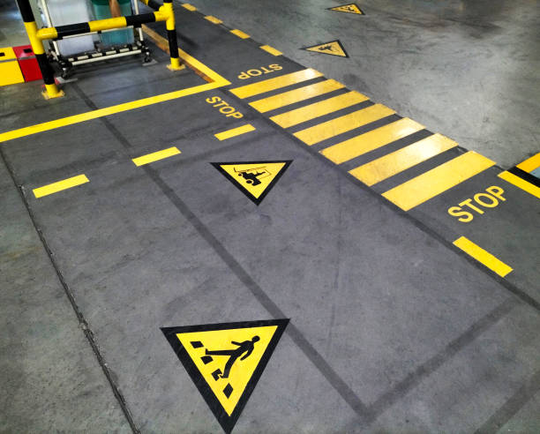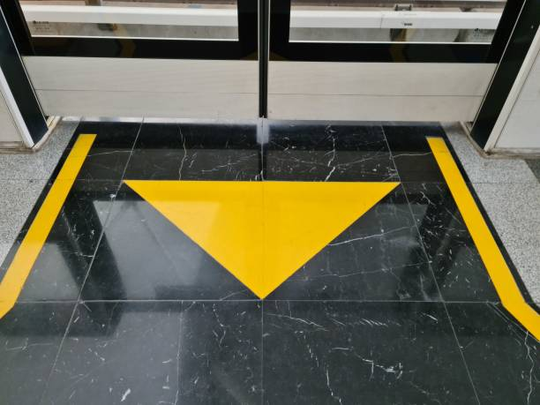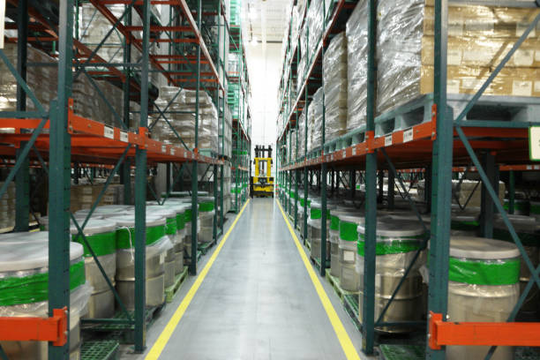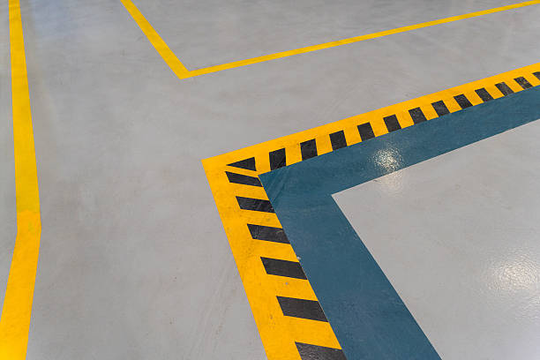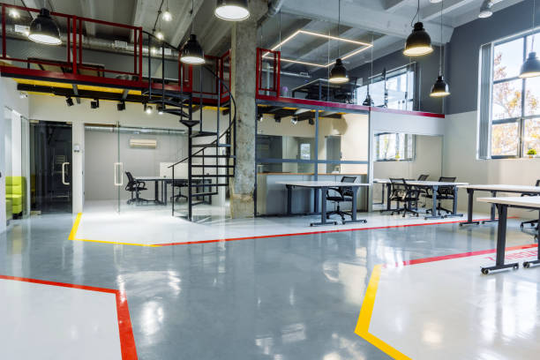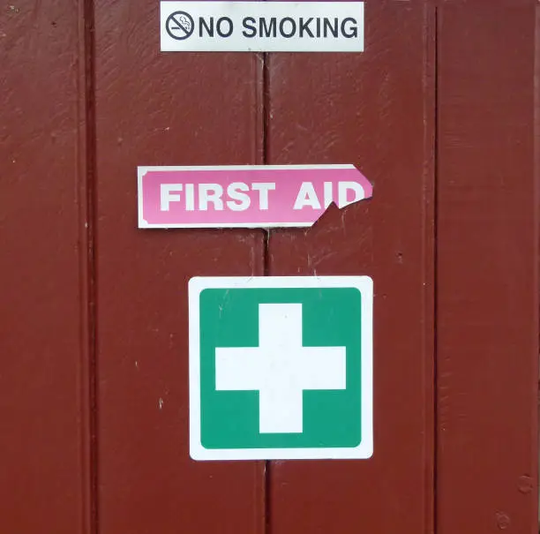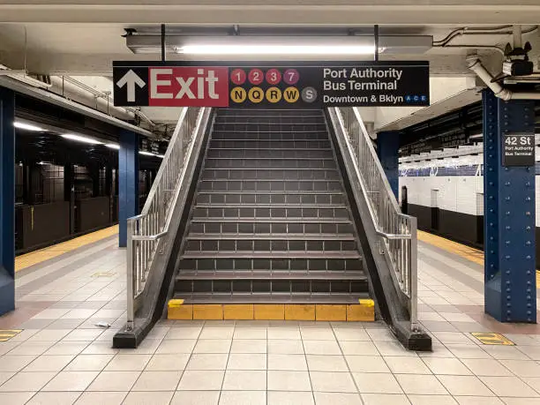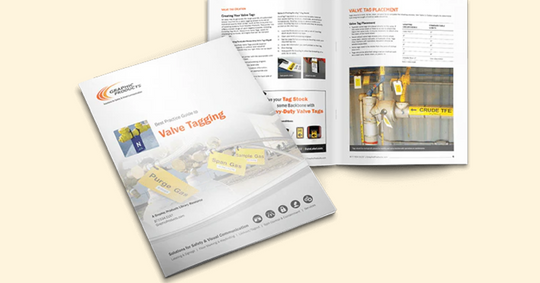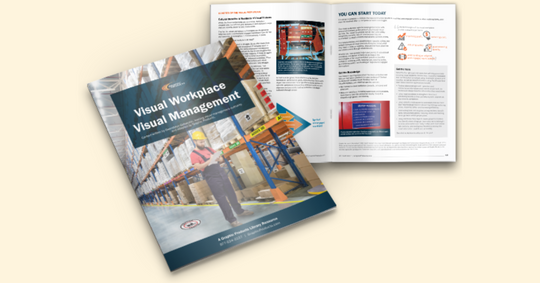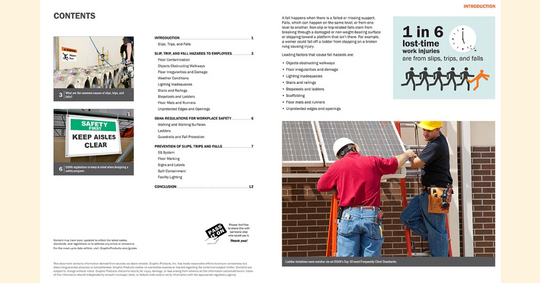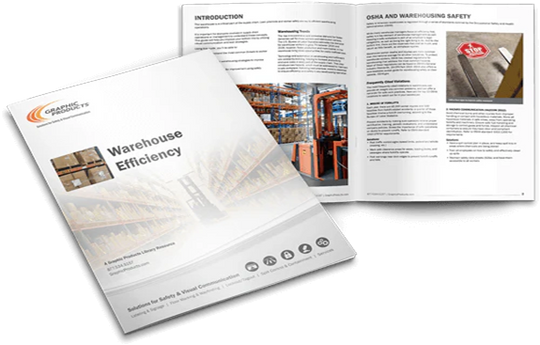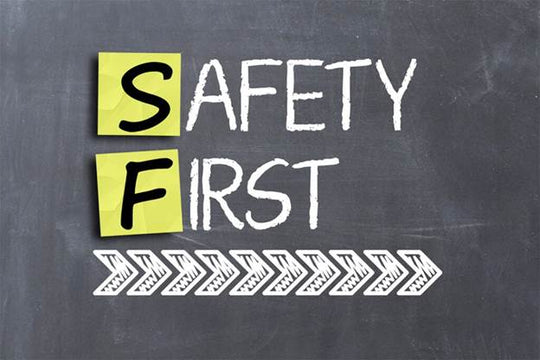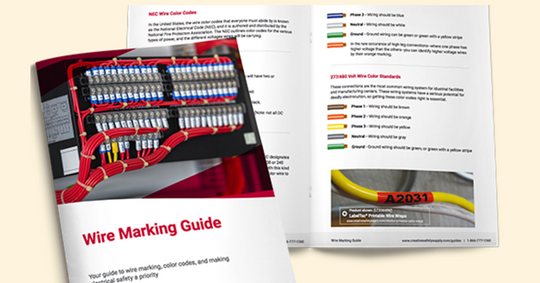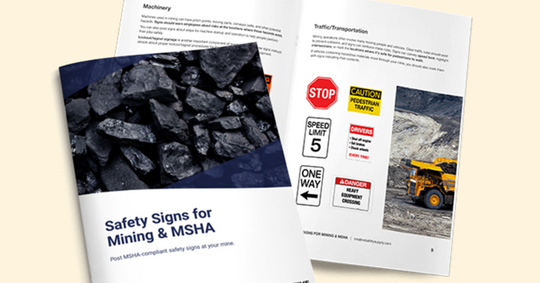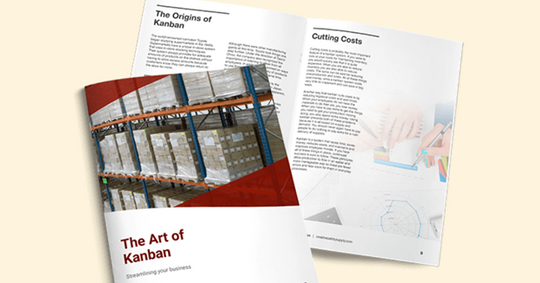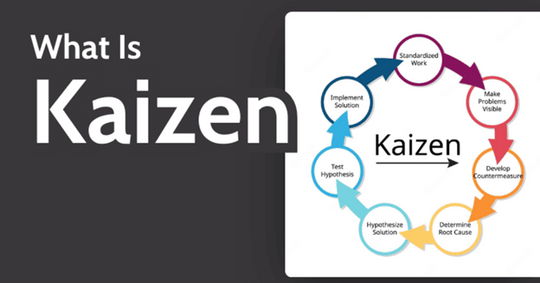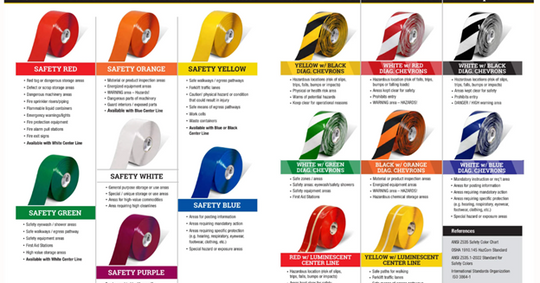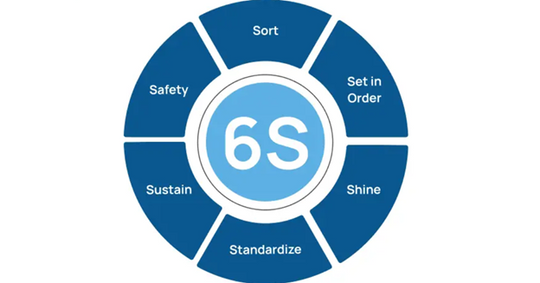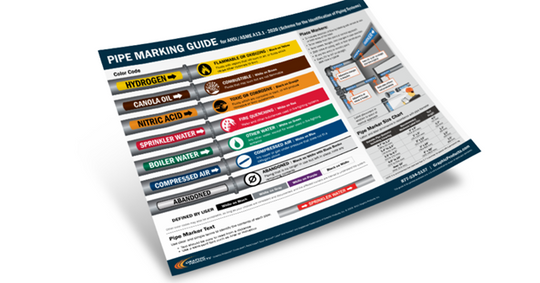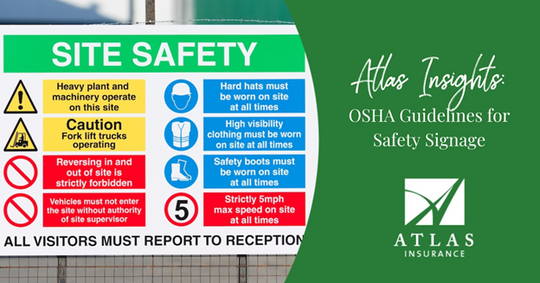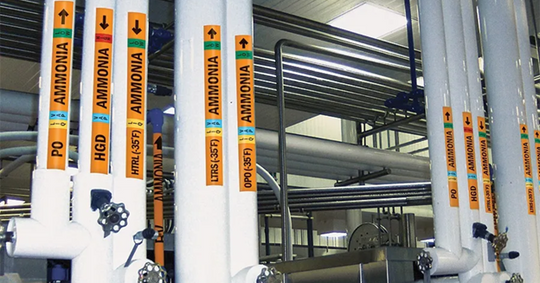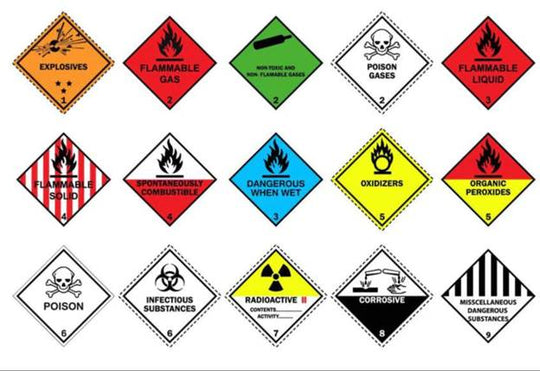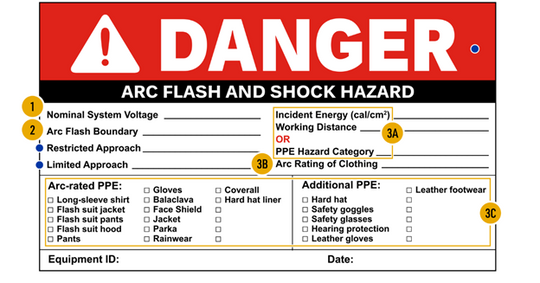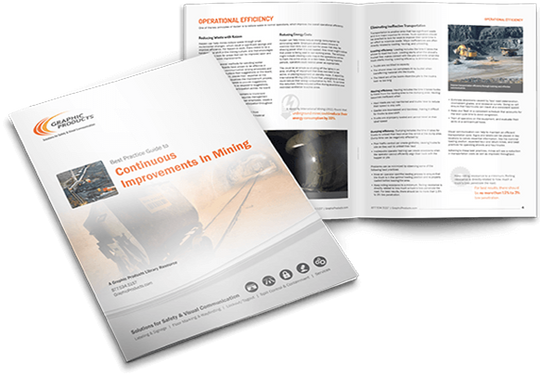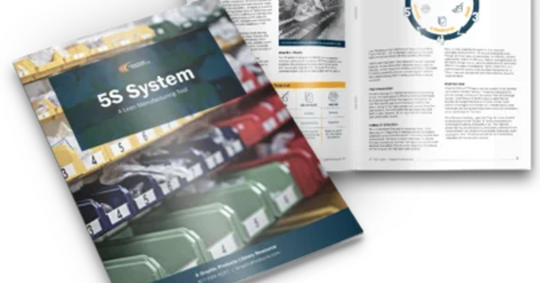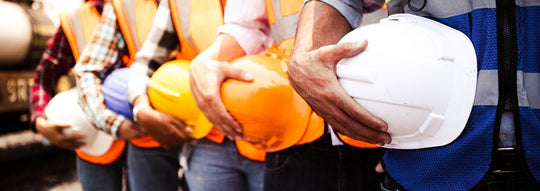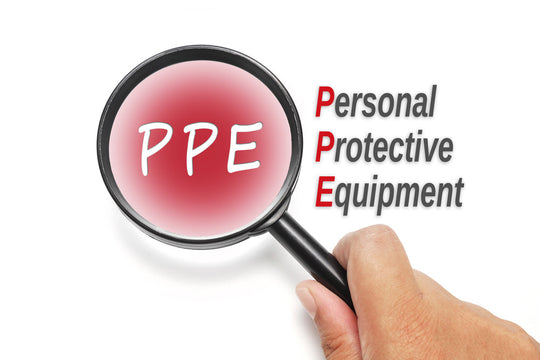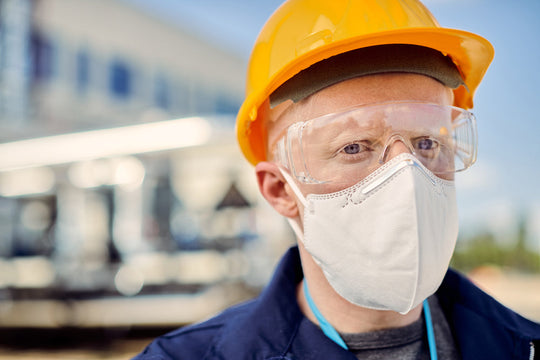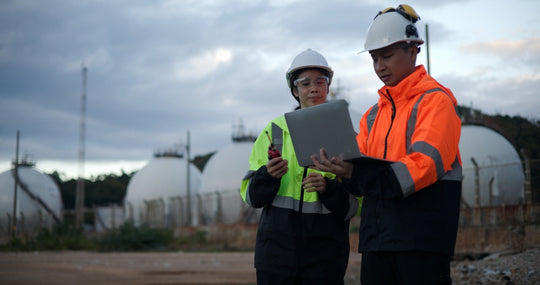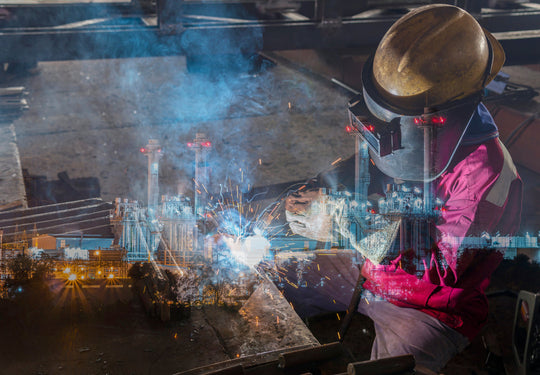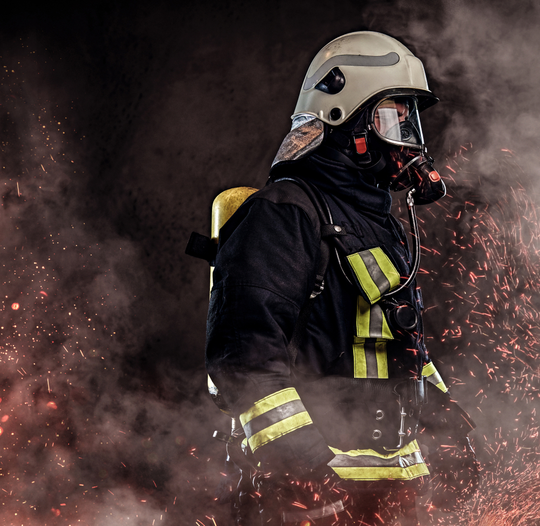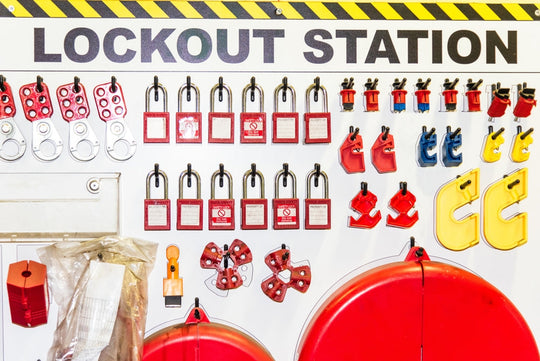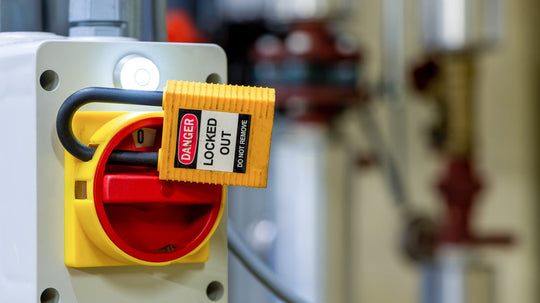Advanced Workplace Safety Tips for Modern Industries
Workplace safety is a crucial aspect of every industry, and as technology continues to evolve, so do the safety protocols and tools that ensure employees remain protected. In modern industries, the risks are more varied and complex, but with the right approach, they can be mitigated.
This blog will explore advanced workplace safety tips that not only protect employees but also improve overall efficiency and productivity in the workplace.
Workplace Safety Tips
Introduction to Advanced Workplace Safety
Safety in the workplace is no longer just about wearing helmets and using protective gloves. With modern technologies, updated safety protocols, and a more proactive approach to advanced hazard prevention, industries are moving toward more advanced and effective safety measures.
In today’s competitive business environment, ensuring the safety of your workforce isn't just about avoiding legal liabilities—it’s about fostering a productive, healthy, and motivated work environment. The more advanced your safety measures, the more confident your employees will feel, which translates to higher productivity and a greater sense of job satisfaction.
Understanding Modern Workplace Risks
Modern workplaces face a range of risks that can vary greatly depending on the industry. Common hazards include slips, trips, and falls, but as new technologies and machinery emerge, there are even more specific risks that need addressing.
Common Hazards in Today’s Industries
Physical Hazards: These include equipment malfunctions, falls from heights, and moving machinery. With automated equipment becoming more common, there’s an increasing need to ensure that all devices are regularly maintained and that proper lockout/tagout procedures are followed.
Chemical and Biological Hazards: Many industries deal with chemicals, hazardous materials, or even biological substances that pose serious risks. Adequate storage, labeling, and emergency response plans for these materials are essential.
Ergonomic Hazards: Repetitive motion, poor posture, and inadequate workstations can lead to musculoskeletal injuries. The shift toward remote work and flexible office spaces has created new ergonomic concerns that need attention.
Emerging Risks with New Technology
With advancements in robotics, artificial intelligence, and automation, industries now face new types of risks. These could range from operator fatigue when using smart equipment to safety concerns related to integrating AI into the workplace.
The Role of Technology in Enhancing Safety
Technology has become an integral part of improving workplace safety. From safety equipment to real-time monitoring systems, technology has made it easier than ever to maintain a secure environment.
Smart Safety Equipment and Tools
Devices such as smart helmets, smart gloves, and wearable sensors provide real-time data on a worker’s health and surroundings. For example, a smart helmet can alert a worker if they’re in an area with dangerous exposure levels, or a smart glove could monitor hand strain. These cutting-edge safety tools are reshaping the safety landscape.
Wearable Technology for Real-Time Monitoring
Wearables are another crucial advancement in workplace safety. Devices such as smart watches or vests can monitor a worker's physical condition, including heart rate, body temperature, and even the amount of time spent in hazardous areas. Real-time alerts can notify both the worker and supervisors if safety parameters are not being met, preventing accidents before they occur.
Implementing Safety Protocols and Training
A critical component of maintaining a safe workplace is implementing effective safety protocols and ensuring ongoing employee training.
The Importance of Comprehensive Safety Programs
A comprehensive safety program should cover a range of potential risks, including those that are job-specific. Safety programs should be tailored to the unique demands of your industry. For instance, a construction company’s program will be very different from a tech company’s program.
Ongoing Employee Safety Training and Education
Safety training should not be a one-time event. Employees must regularly receive training on new equipment, changes to safety protocols, and how to identify emerging risks. Regular drills, as well as interactive and hands-on training, ensure that workers remain vigilant and prepared for any situation. This ongoing employee safety training is essential for creating a culture of safety.
Workplace Safety Gear: Beyond the Basics
Basic safety gear such as hard hats, safety goggles, and gloves are still essential, but today’s industries require more advanced safety equipment tailored to specific tasks and environments.
Advanced Safety Gear for High-Risk Jobs
In high-risk industries such as construction, mining, or manufacturing, specialized gear is necessary. For example, flame-resistant clothing, high-visibility vests, and fall protection systems are all critical for preventing injuries in these industries.
Customizing Gear for Specific Industry Needs
As industries evolve, so too should safety gear. Custom-designed protective equipment that meets the unique demands of a workplace is crucial. For instance, businesses that use heavy machinery or robotics may require customized protective gear that incorporates specific shielding or monitoring technology.
Creating a Safety-First Culture
Creating a safety-first culture is essential in ensuring workplace safety. Employees should feel comfortable and empowered to raise safety concerns, and safety should always be a top priority.
Encouraging Employee Participation
Safety should not just be the responsibility of management. Employees should actively participate in safety initiatives by suggesting improvements, adhering to protocols, and maintaining open lines of communication. Encouraging this level of involvement helps create a culture where safety is everyone’s responsibility.
Reward Systems for Safety Compliance
Positive reinforcement can be a powerful motivator. Offering rewards or recognition for employees who consistently follow safety protocols can foster a greater commitment to safety. This could range from small incentives to more significant rewards, such as safety excellence awards.
The Importance of Regular Inspections and Audits
Regular inspections and safety audits help identify potential risks before they become actual problems.
How Frequent Inspections Can Prevent Accidents
Frequent and thorough inspections allow companies to detect hazards early. Whether it’s machinery that’s beginning to malfunction, an unsafe area that needs better signage, or safety equipment that needs replacing, inspections keep workplaces safe.
Workplace Safety Audits and Their Role
Workplace audits are another important tool for improving safety. An audit assesses whether safety measures are being followed, identifies areas for improvement, and ensures compliance with safety regulations. It’s essential to conduct audits periodically, as well as whenever new equipment or procedures are introduced.
Improving Communication for Better Safety Outcomes
Clear communication plays a vital role in ensuring workplace safety. Employees should be informed of the hazards in their environment and know how to handle emergencies.
Clear and Open Communication Channels
A safety communication system that includes both verbal and non-verbal cues is essential. Regular safety briefings, signage, and alerts are great ways to ensure that everyone is on the same page.
The Role of Safety Meetings and Reports
Regular safety meetings give employees a chance to voice concerns, ask questions, and stay updated on the latest safety protocols. These meetings can also be used to analyze recent safety incidents and discuss how they can be prevented in the future.
Adapting to Safety Standards and Regulations
Workplace safety standards are constantly evolving to keep up with new risks and emerging technologies. It’s important for businesses to stay updated and compliant.
Meeting Regulatory Requirements
Compliance with regulations from OSHA, ANSI, and other safety organizations ensures that companies meet industry-specific safety standards. This includes everything from hazard communication standards to equipment requirements.
Staying Updated with Industry Standards
As new technologies and hazards emerge, standards change. Regularly reviewing and updating safety procedures will ensure that your company remains compliant with evolving laws and that your employees stay protected.
Explore More: Essential Safety Tips for Every Workplace
|
Safety Tags Tips |
Short Description |
|
Tips for Effective Use of Safety Tags in the Workplace |
|
|
Essential Scaffold Safety Tips for Workers |
|
|
Comprehensive Workplace Safety Tips for Employers |
|
|
A Step-by-Step Lockout Tagout Checklist for Maximum Safety |
|
|
Top Tips for Improving Warehouse Safety Standards |
|
|
Key Safety Tips for Small Businesses |
|
|
Best Practices for Lockout Tagout Procedures |
|
|
The Importance of Fire Safety Signage in Workplaces |
|
|
Essential Personal Protective Equipment (PPE) Tips |
|
|
Best Practices for Scaffold Inspections |
|
|
How to Use Industrial Labeling for Safety and Compliance |
|
|
Construction PPE Safety Tips for Protecting Workers |
|
|
Advanced Safety Tips for a Safer Workplace Environment |
Conclusion
As industries continue to innovate, so too will the safety measures designed to protect workers.
With technology playing an ever-bigger role, the future of workplace safety will be more data-driven, proactive, and customized.
By staying ahead of the curve and continuously improving your safety protocols, you can ensure that your workplace remains safe, productive, and legally compliant.
For more on selecting the right workplace safety products, visit our Safety Tags page. Explore a wide range of tags and materials that can enhance your workplace safety protocols.
FAQs
1. What is the role of technology in improving workplace safety?
Technology, such as wearable sensors and real-time monitoring, helps detect hazards early, track employee health, and ensure compliance with safety regulations.
2. How often should workplace safety equipment be inspected?
Safety equipment should be inspected regularly, ideally before each use, and as part of scheduled audits to ensure everything is in good working condition.
3. What are some examples of advanced workplace safety gear?
Advanced safety gear includes flame-resistant clothing, high-visibility vests, fall protection systems, and wearable safety technology like smart helmets.
4. How can employees contribute to a safety-first culture?
Employees can contribute by following safety protocols, suggesting improvements, and participating in safety training and meetings.
5. Why are safety audits important in the workplace?
Safety audits identify potential hazards, assess compliance with safety regulations, and ensure that existing safety measures are effective in preventing accidents.




